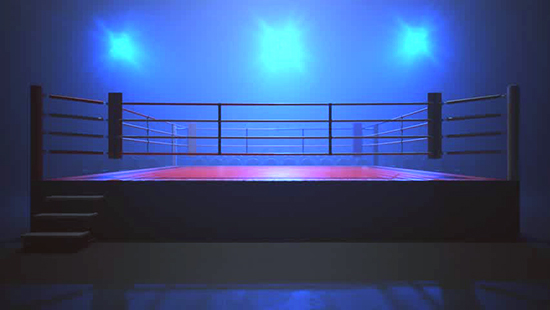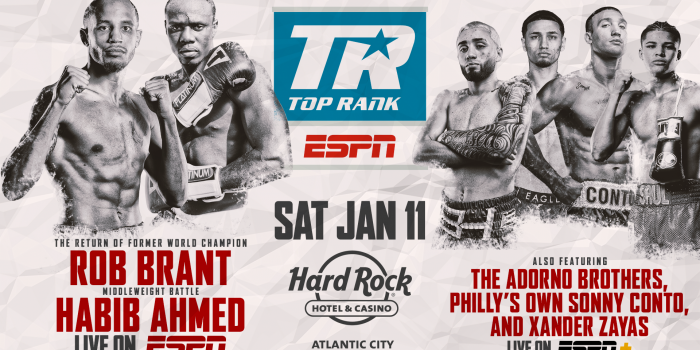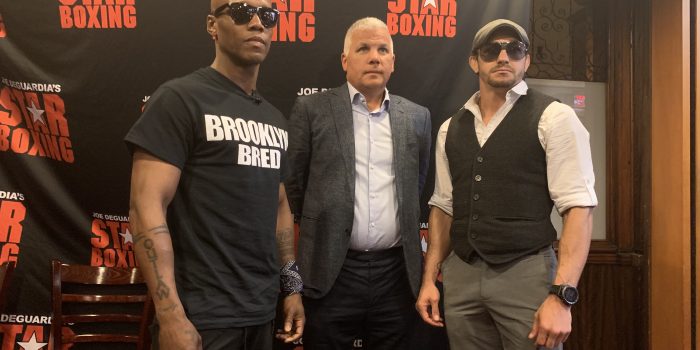By Alan Hubbard
I have dined out frequently on the true tale of when, as sports editor of The Observer, I telephoned the late Lord Banks, then plain Tony Banks MP, Minister for Sport, about a report that he would support a Bill put forward by a fellow parliamentarian to ban punches to the head in boxing. Knowing that Banks was a boxing buff I expressed surprise and asked him whether this was true, “Course not” he snorted.
“Ok,” I said. “So can you give me an on-the-record quote?”
“On the record?” he queried. “Certainly. Effin’ bollocks!”
Typical Banksy. Sadly one of the now extinct breed of pre-Brexit politicians who never ducked a question and would give a straight answer to an awkward one.
In telling this story in accept there is little room for levity in the current climate where the debate rages about the effects of head injuries in sport highlighted initially by incipient concussion in rugby, more deaths in boxing and now by the renewed campaign to ban heading the ball in football.
Recent research funded by the Football Association and the players union indicates that professional footballers have a hugely increased risk of dying from dementia and other serious neurological disorders. It showed that former players are 3 1/2 times more likely to die of dementia than people of the same age range in the general population. Frightening for footballers? Even those who play on parks on Sunday mornings? You bet!
The statistics are truly shocking.
And it is far too much of a coincidence that famous former footballers including ex-England manager Sir Alf Ramsey, Danny Blanchflower, Malcolm Allison, Stan Bowles, Jimmy Hill, Don Revie, Nat Lofthouse (a prolific header of the ball) Joe Mercer, John Charles, Ray Wilson and Jeff Astle should have died as a result of dementia-related conditions and that World Cup-winning stars Martin Peters and Nobby Stilles are living with Alzheimer’s.
Who is to say that in 20 years time heading the ball will still be allowed? It already banned in schoolboy football in America and the English FA are under pressure here to introduce the same rule for our kids. It is not merely those sporting snowfakes dictating the trend but hard medical evidence like the report just published.
Now Chris Bryant MP, chairman of the All Parliamentary Committee into acquired brain injury is backing a call by the daughter of the late Jeff Astle, one of the afflicted England stars, for government action. He says: “We have a new secretary of state for culture, media and sport and one of the first things he should do is set up and task force that will look into why some sports have dragged their feet, missed warnings and look at introducing shared protocols for all sports. It has been relatively easy for our committee to get rugby, boxing and ice hockey to engage but almost impossible in football.”
Concussive injuries remain rife in both codes of rugby. And now boxing has been rocked by four deaths in recent months: Popular American Patrick Day being the latest after suffering a brain injury while Russian Maxim Dadashev, Argentina’s Hugo Santillan and Bulgarian Boris Stanchov have also died since July from head injuries incurred in the ring.
Inevitably there are calls for boxing to be banned – again – notably by the British Medical Association and the brain injury charity Headway. However the sport has made more progress in combatting brain damage through regular scans and medical checks than any other activity which is at similar risk.
Demands for boxing to be abolished are nothing new of course. Such campaigns have dated back to the days of Dr Edith Summerskill and always fall on deaf ears. Nowadays it is more popular than ever.
In something called the Noble Art of Self- Defence the idea is to avoid getting hit and that is always the intention.
But in football heads get hit intentionally. Usually the idea is to nod the ball into the net or to prevent it from entering the net by heading away,or to a team-mate.How often in training do you hear the command “On me ‘ead, son!”
A ball coming towards you at 80 miles an hour surely hits you harder than a left hook thrown with a padded glove.
We know the boxing is a dangerous sport, something which its practiioners, amateur and pro accept. Otherwise they wouldn’t do it.
My own philosophy has always been that while people continue to pump bullets into one another or blow the innocent to pieces in places like Afghanistan, Syria, and the Yemen to name but a few torn by war and strife, and kids cannot be prevented from stabbing each other to death in East London, then a punch on the nose is the least of our concerns.
Anyway, there is no such thing as safe sport. People die from climbing mountains, racing cars, running marathons, falling off horses and crashing motor bikes (and taking drugs!) .The Isle of Man TT has been known to kill more motor cyclists in a day than boxing or any other contact sport does in a year or more.
Boxing does not even make the top 10 of sports where the risk of fatal injury is greatest.
I have always said you’ll find more rugby players walking off the pitch with broken noses and cauliflower ears these days then you do boxers leaving the ring.
I accept that health and safety voices are becoming more strident than even those from Extinction Rebellion who warn us that the end of the world is nigh through global warming.
Head injuries, whatever the sport, probably are the most serious sporting issue of our times, more so even than drugs and corruption.
Anything which requires physical exertion cannot be totally safe. Ah, but what about chess,now officially deemed a sport since 1990 by no less than the International, Olympic Committee?
Actually, I do know of a chap who got clumped around the head by an opponent he had accused of cheating. No doubt he was just a pawn in the game.









Recent Comments